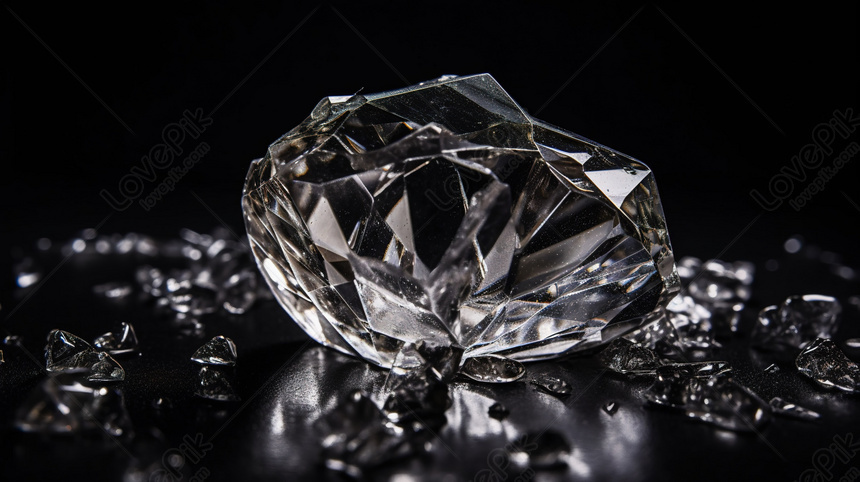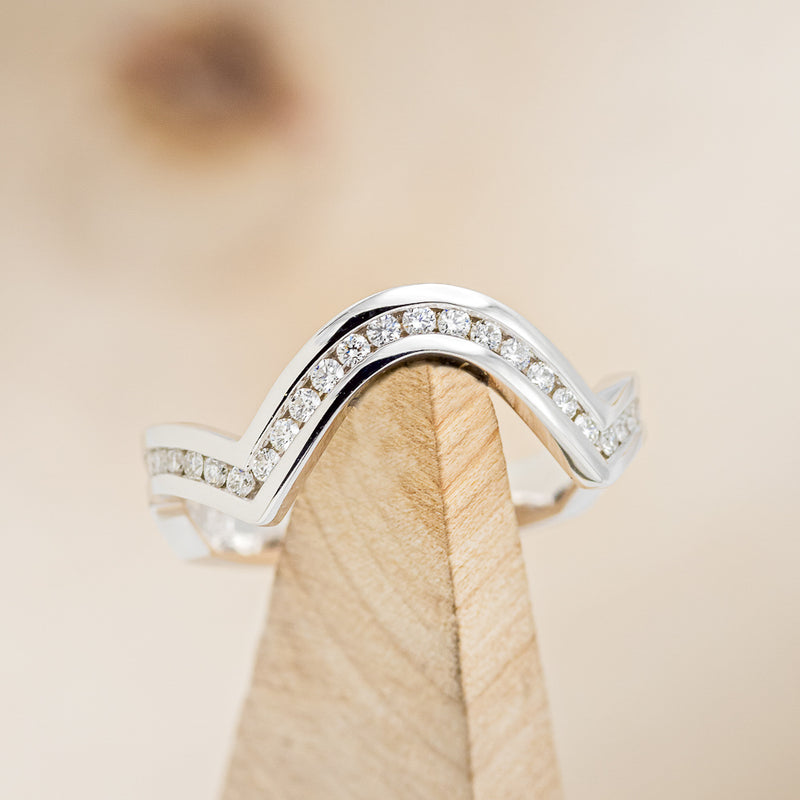In the world of sustainable fashion and eco-friendly materials, the use of recycled gold in jewellery is a lie that has gained considerable traction. Many jewelry brands promote their products as being made from recycled gold, leading consumers to believe they are making an environmentally conscious purchase. However, the truth behind these claims is more complicated than it might seem. In this article, we will explore the reality of recycled gold, its impact on the environment, and why the idea of “recycled gold” in jewelry might not be as truthful as it appears.
What Is Recycled Gold and Why Is It Marketed?
Before understanding why recycled gold in jewellery is a lie, it is important to define what recycled gold actually is. Recycled gold refers to gold that has been repurposed from old jewelry, electronics, or other sources. The process of recycling gold involves melting down the material, purifying it, and then reusing it to create new jewelry. While the idea of recycling metals sounds like an environmentally responsible solution, the truth is that the actual environmental benefits of using recycled gold are often overstated. In reality, the process of recycling gold is not as sustainable as it is made out to be, and the claims surrounding recycled gold are misleading.
The Misleading Greenwashing of Recycled Gold
The marketing behind the idea that recycled gold in jewellery is a lie often falls under the category of greenwashing, where brands use misleading environmental claims to appeal to consumers. While the gold used in recycled jewelry may come from old products, the process of purifying and remelting gold uses significant energy and resources. The reality is that even recycled gold still requires energy-intensive processes to create pure gold, which diminishes the supposed environmental benefits. Consumers who are looking to buy sustainable jewelry are often led to believe they are making an eco-friendly choice when, in fact, the impact is not much different from using newly mined gold.
The Energy-Intensive Process of Recycling Gold
One of the main reasons recycled gold in jewellery is a lie is because the process of recycling gold is not as energy-efficient as many brands claim. The refining process required to turn old gold into new jewelry is highly energy-intensive. It involves melting the gold, removing impurities, and refining the material to meet the required standards for use in new pieces. This process emits greenhouse gases and consumes large amounts of electricity, making it far less environmentally friendly than the marketing materials often suggest. In fact, some studies show that the carbon footprint of recycled gold is still significant, undermining claims that it is a truly sustainable alternative to mined gold.
The Lack of Transparency in the Gold Supply Chain
Another issue with the claim that recycled gold in jewellery is a lie lies in the lack of transparency in the gold supply chain. Many jewelry brands that promote recycled gold do not provide sufficient details about where the gold is sourced or how it is processed. Without this transparency, consumers cannot be certain about the true sustainability of the product they are purchasing. While recycled gold may sound like a better option than mined gold, the reality is that the supply chain for gold, whether recycled or not, is often murky and difficult to trace. Without proper oversight and traceability, it is impossible to verify whether the gold being marketed as “recycled” is truly sourced responsibly.
The Environmental Impact of Mining vs. Recycling
While recycled gold in jewellery is a lie in some cases, it is important to note that recycling gold still has a smaller environmental impact than mining for new gold. However, the impact is not as small as consumers are often led to believe. Traditional gold mining is associated with habitat destruction, water pollution, and the use of toxic chemicals like cyanide. Recycling gold, on the other hand, avoids the need for new extraction, but it does not completely eliminate environmental harm. The energy used in the recycling process, as well as the chemicals involved in refining, still contribute to pollution and environmental damage. In short, while recycling gold is a step in the right direction, it is not a perfect solution.
The Limits of Recycled Gold Availability
Another aspect that makes recycled gold in jewellery is a lie is the limited availability of recycled gold. The amount of gold that can be recycled is finite, and as demand for gold jewelry continues to rise, the supply of recycled gold will not be able to keep up. This means that even if jewelry brands claim to use recycled gold, it is likely that they are also sourcing new gold to meet production needs. In reality, the amount of gold that can be recycled is not enough to satisfy the growing global demand, leading to a mix of recycled and mined gold in many products. This undermines the sustainability claims and calls into question how much of the gold used is truly recycled.
The Role of Certification in Gold Recycling
To address the issue of recycled gold in jewellery is a lie, it is important to consider the role of certification. Certifications such as the Responsible Jewellery Council (RJC) and Fairmined aim to ensure that gold is sourced ethically and sustainably. However, many brands that claim to use recycled gold do not provide independent certifications to back up their claims. Without proper certification and accountability, it is difficult for consumers to trust the sustainability claims made by jewelry brands. In many cases, brands are able to market recycled gold without proving the environmental or ethical benefits, which further complicates the issue.
The Future of Sustainable Jewellery
While recycled gold in jewellery is a lie in some respects, the future of sustainable jewelry lies in greater transparency and accountability. To create truly sustainable jewelry, brands must commit to responsible sourcing practices, use renewable energy in their manufacturing processes, and provide clear documentation about their gold supply chain. Additionally, alternative materials like lab diamonds and fair-mined gold can offer more sustainable and transparent options for consumers. The jewelry industry must evolve to ensure that the claims surrounding sustainability are truthful and that consumers can make informed decisions about the products they buy.
Conclusion: The Need for Genuine Sustainability
In conclusion, while the use of recycled gold in jewellery is a lie in many cases, it does not mean that all recycled gold is harmful. The jewelry industry must work toward greater transparency and responsible sourcing to provide consumers with truly sustainable options. Consumers should be aware of the greenwashing tactics that some brands use and demand more transparency in the sourcing and manufacturing of their jewelry. By making more informed choices and supporting brands that prioritize genuine sustainability, we can all play a part in creating a more ethical and eco-friendly jewelry market.




